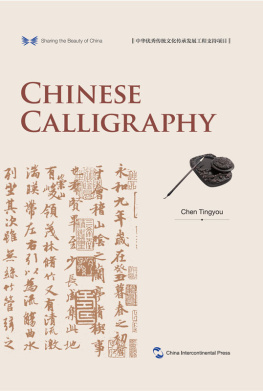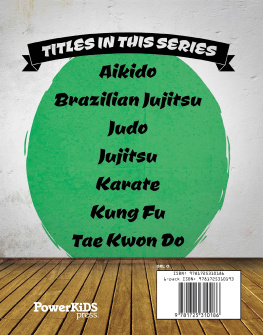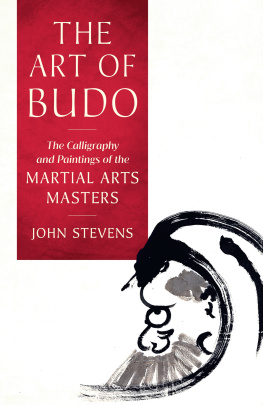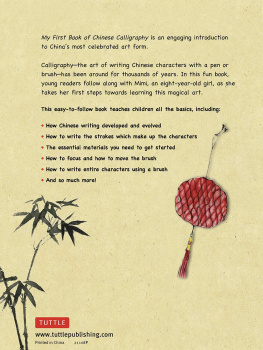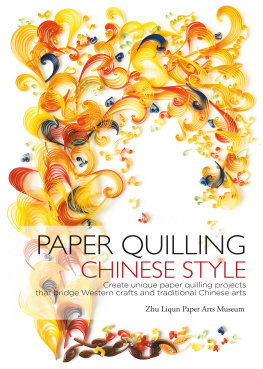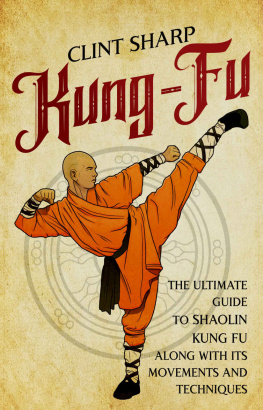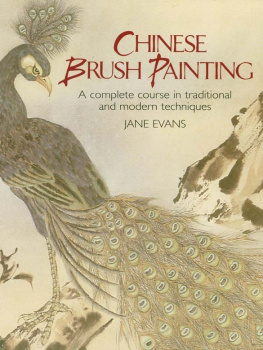MINDFULNESS
AND
TRADITIONAL CHINESE ZEN ARTS
The Way of Calligraphy, Painting, Kung Fu, and Tea
TRISTAN PETTS
Cover design by Tristan Petts.
Copyright 2020 Tristan Petts
All rights reserved.
www.Daoscape.com
For Anton
ACKNOWLEDGEMENTS
A big thank you to all of my teachers, especially Adrian Tuttiett, Mark Leonard, Wayne Bradbury, Dave Shepard, Uncle Wen, Jia Zhenzhen, Paul Wang, Jasmine Zhang, Patrizia Collard, Wang MingShan, Master Cui Ruibin, and the coaches and students at the Taolin International Yiquan Academy.
I also harbour deep gratitude towards friends along the Way the likes of Anton Pick, Linus Lucas, Christopher Moreton, Andrew Barker, and A.J. Donnelly, who fueled my onwards momentum towards this books destination during the most pivotal years.
However, greatest encouragement for writing and publishing this book has come from my father, who perhaps sowed most of the seeds that blossomed into the tree of wisdom that this work represents to me. It has been a great pleasure connecting with him more deeply over it all.
I am also indebted to my mother, as well as Jean B. Parr, for their editorial and formatting advice, and my sister, for cover design recommendations.
Lastly, a warm thank you to Wei MingPei for help with the Chinese elements, and to all those mindfulness and traditional Chinese culture fans both western and Chinese, who have expressed vigorous enthusiasm for this project as and when it has been mentioned and discussed.
Contents
Preface
In my early twenties, I discovered a book titled Zen in the Art of Archery . It was written by a German academic, called Eugen Herrigel, who had studied the Japanese art of kyd (ritualised Shint archery) between the years 1924 and 1929.
This exotic Zen-flavoured feat had been accomplished as a result of the opportunities Herrigel had enjoyed whilst teaching philosophy at Tohoku Imperial University, in Sendai, Japan.
His interest in Zen mysticism had been kindled much earlier than that, however during his time studying theology in Germany. And so, in order to pursue further insights into Zen culture, Herrigel had decided to live in Japan.
Upon arriving in Sendai, he had discussed his deeper intentions with a local acquaintance he had made there, and was subsequently advised to take up a traditional Japanese Zen art in order to approach Zen in a more practical way.
Soon afterwards, Herrigel discovered an eccentric kyd teacher and mystic, called Awa Kenzo, and began studying under him as a disciple at the age of forty-one years old.
Around nineteen years later, in 1948, Zen in the Art of Archery was published in Europe as a formal account of the German professors experience when learning the Zen of kyd for a few years in Japan.
The book became an instant classic in the West especially as a gateway of sorts for lay readers to gain a glimpse of the Japanese Zen mindset.
And I also fell in love with that world of one shot Zen archery. It kindled in me a strong urge to try to experience it all directly for myself, even to follow in the German academics footsteps, and become immersed in the magic and mystery of Zen kyd.
However, not long after I had finished reading Herrigels book, I encountered an article from the Japanese Journal of Religious Studies, titled The Myth of Zen in the Art of Archery , which was a highly critical account of the German academics work.
Written by a Japanese author, called Shoji Yamada, the critique quite rigorously undermined the authenticity of various aspects of Herrigels story.
For me, the most disappointing facts were that at the time of Herrigels acquaintance with kyd in Japan, the formal art was not, and apparently had not ever been, a traditional Japanese Zen art or practice, and it did not even look to Zen teachings for useful insights.
For Herrigels archery teacher, Awa Kenzo, was apparently more of a folk mystic than a Zen teacher during the Germans period of study under him, with Awa expressing no absolute conviction in Zen philosophy or practice at that time. He also did not teach archery in a way that continued any kind of formal Zen lineage from the near or distant past.
The Zen teachings that Herrigel purported to have received from his archery teacher seemed, therefore, to have been the result of a European Zen tourist attempting to match the Japanese cultural exercises he had practiced (as part of what was arguably more of a traditional Shint discipline) with the information about Zen philosophy that he had encountered in Germany an understanding that he had accumulated before he had ever set foot in Japan, let alone held a Japanese bow or arrow.
This is not to suggest that there are not Zen lessons to be learned from formal kyd, or that one cannot improve ones kyd ability through adhering to Zen principles. The point being emphasised here, rather, is that one can probably learn and apply Zen ideas when practicing any discipline. And yet, doing so would not make that discipline into a formal Zen art, of course.
As a result of these insights into Herrigels work, I thus began to become highly skeptical of purported Zen arts in general. Because, ultimately, any student of a discipline could assert that there is a formal Zen approach to, say, motorcycle maintenance, when in truth there is no classical or formally recognised lineage originating from Zen temples or ancient teachers that supports any such claim.
And this situation distressed me quite a bit, because I felt that I had already become enamoured with the ideals that Zen seemed to point towards, and I wanted to tune into the spirit of an authentic Zen discipline in order to get to know its true nature more intimately.
I eventually decided to go in search of the more true Zen arts myself, therefore and not even in Japan. I chose, instead, to go to the nation from which all East Asian Zen arts emerged namely, China.
For as history can tell us, the Japanese inherited all of their Zen teachings and disciplines from the Chinese.
After a few years of searching fruitlessly for authentic Zen arts teachers in China, however, I almost gave up at one point and decided to go to Japan after all. And yet, through a rather sudden and dramatic turn of events, eventually I did discover what I had been looking for in China.
That was more than eight years ago, and although I had no great intention to write a book on the topic of the true classical Zen arts of the Far East after only half a decade of formal acquaintance with them (no matter that period of time being longer than the time Herrigel had spent studying kyd in Japan), it was apparently my fate to experience, late one evening in Beijing, a jarring road accident that would cause me to become hyper-aware of my fragile mortal condition an accident that would show me how easily the benefits of my hard work in acquiring authentic Zen arts training could be lost.
For even though I had emerged relatively unscathed from that accident, with only bruises and one broken toe after having somersaulted head-first at high speed down an open highway, it seems that it was only by luck that I had avoided enduring any worse fate, as cars were hurtling over the crash site only seconds later.
During the recovery period that followed, I was forced to remain immobile for long stretches of time. And as I sat at my desk in my Beijing apartment within the clouds of the citys heavy pollution, as well as my post-accident funk ruminating upon how luckily unlucky I had been, an intense urgency arose within my being an impulse to begin recording and sharing what wisdom I had already gathered. I thus began to write this book.


